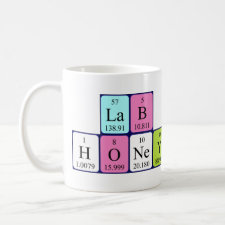
Authors: Hashemi SH, Ziyaadini M, Kaykhaii M, Jamali Keikha A, Naruie N
Article Title: Separation and determination of ciprofloxacin in seawater, human blood plasma and tablet samples using molecularly imprinted polymer pipette-tip solid phase extraction and its optimization by response surface methodology.
Publication date: 2020
Journal: Journal of Separation Science
Volume: 43
Issue: (2)
Page numbers: 505-513.
DOI: 10.1002/jssc.201900923
Abstract: By synthesizing a molecular imprinted polymer as an efficient adsorbent, ciprofloxacin was micro-extracted from seawater, human blood plasma and tablet samples by pipette-tip micro solid phase extraction and determined spectrophotometrically. Response surface methodology was applied with central composite design to build a model based on factors affecting on microextraction of ciprofloxacin; including volume of eluent solvent, number of extraction cycles, number of elution cycles, and pH of sample. Other factors that affect extraction efficiency, such as type of eluent solvent, volume of sample, type, and amount of salt were optimized with one-variable-at-a-time method. Under optimum extraction condition, pH of sample solution was 7.0, volume of eluent solvent (methanol) was 200 μL, volume of sample solution was 10 mL, and the number of extraction and elution cycles was five and seven, respectively, amount of Na2SO4 (as salt) and MIP (as sorbent) were optimized at 150 and 2 mg, respectively. The linear range of the suggested method under optimum extraction factors was 5-150 μg/L with a limit of detection of 1.50 μg/L for the analyte. Reproducibility of the method (as relative standard deviation) was better than 7%
Template and target information: ciprofloxacin
Author keywords: Ciprofloxacin, Molecularly imprinted polymers, pipette-tip micro solid phase extraction, Response surface methodology, seawater



Join the Society for Molecular Imprinting

New items RSS feed
Sign-up for e-mail updates:
Choose between receiving an occasional newsletter or more frequent e-mail alerts.
Click here to go to the sign-up page.
Is your name elemental or peptidic? Enter your name and find out by clicking either of the buttons below!
Other products you may like:
 MIPdatabase
MIPdatabase









